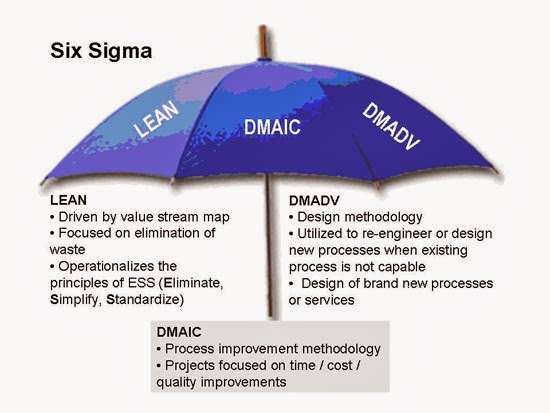After the quality control has been done, companies are able
to start applying new techniques to improve the workplace. One of the methods suggested is to start
using continuous data, like the average sales per region as opposed to sales
per day. This allows workers to draw
more/better generalizations from the data overall. In the long run this allows businesses to find
more effective data collecting methods and make subsequent improvements over
time.
Another
implementation in the workplace is training workers to be better
organized. They are trained to keep
their workspaces in better order and for some workers to keep a better eye on
the inventory. By keeping better tabs
and organization on what’s going on in the process and production the workplace
becomes much more efficient. By taking
part in these methods companies are able to monitor ongoing performance and if
something comes up that is wrong it is much more easily and efficiently
corrected.
Cassar, Calvin. "The Value of Numbers: Applying Six
Sigma at the Workplace Featured." The Executive. N.p., 19 Dec. 2013. Web. 15 Feb. 2014.
<http://the-executive.biz/issues/issue-56/item/245-the- value-of-numbers-applying-six-sigma-at-the-workplace/245-the-value-of-numbers-applying-six- sigma-at-the-workplace>.
Chen, Wendy. "Lean Six Sigma -Industrial
Applications." Slide Share. N.p., 2 Apr. 2008. Web. 15 Feb. 2014.
<http://www.slideshare.net/wendy_chen_toronto/for-posting-smeuoftpresentation- 2apr2008>.





